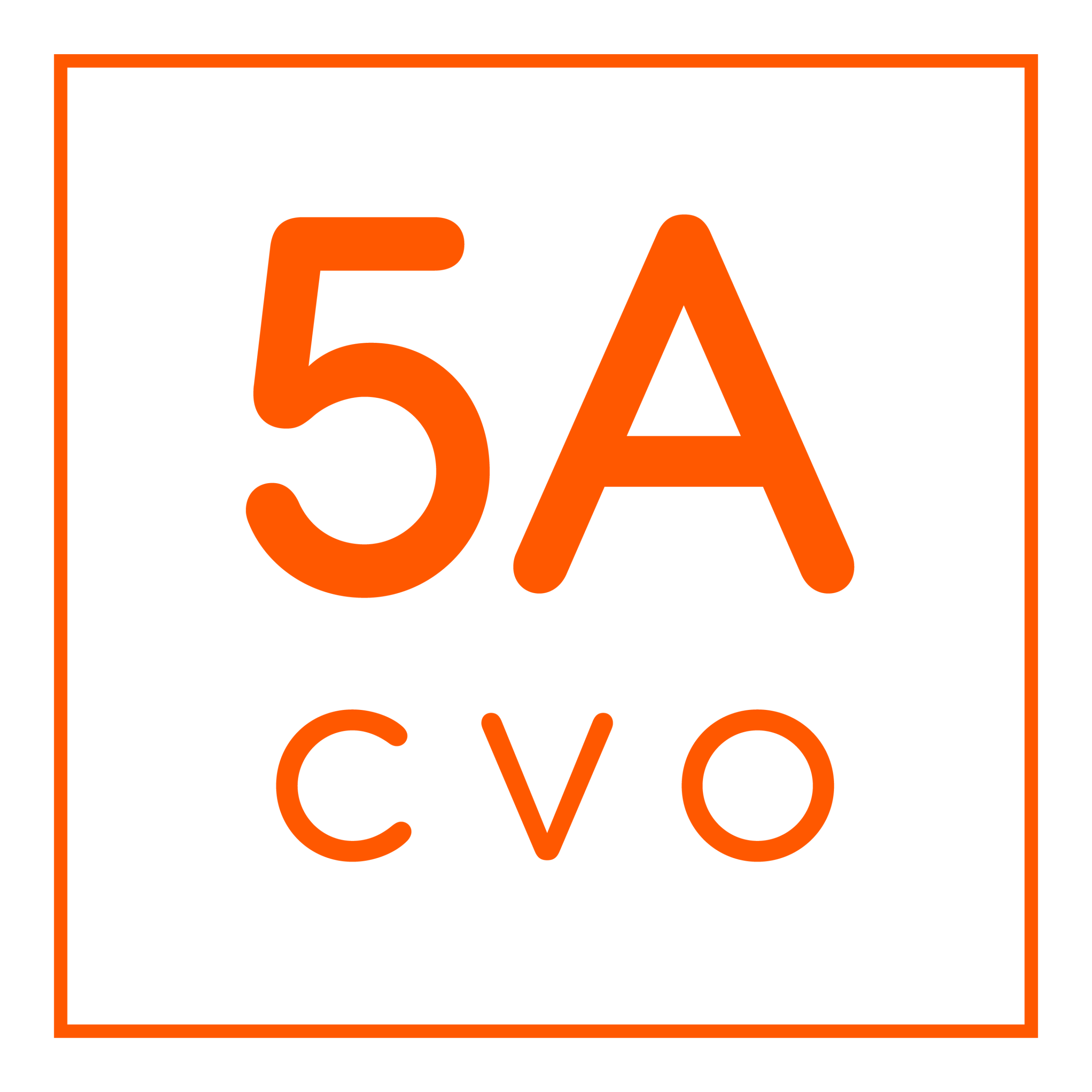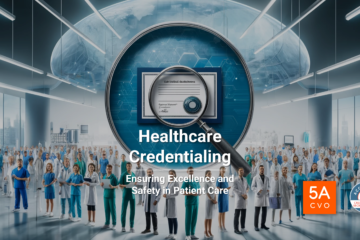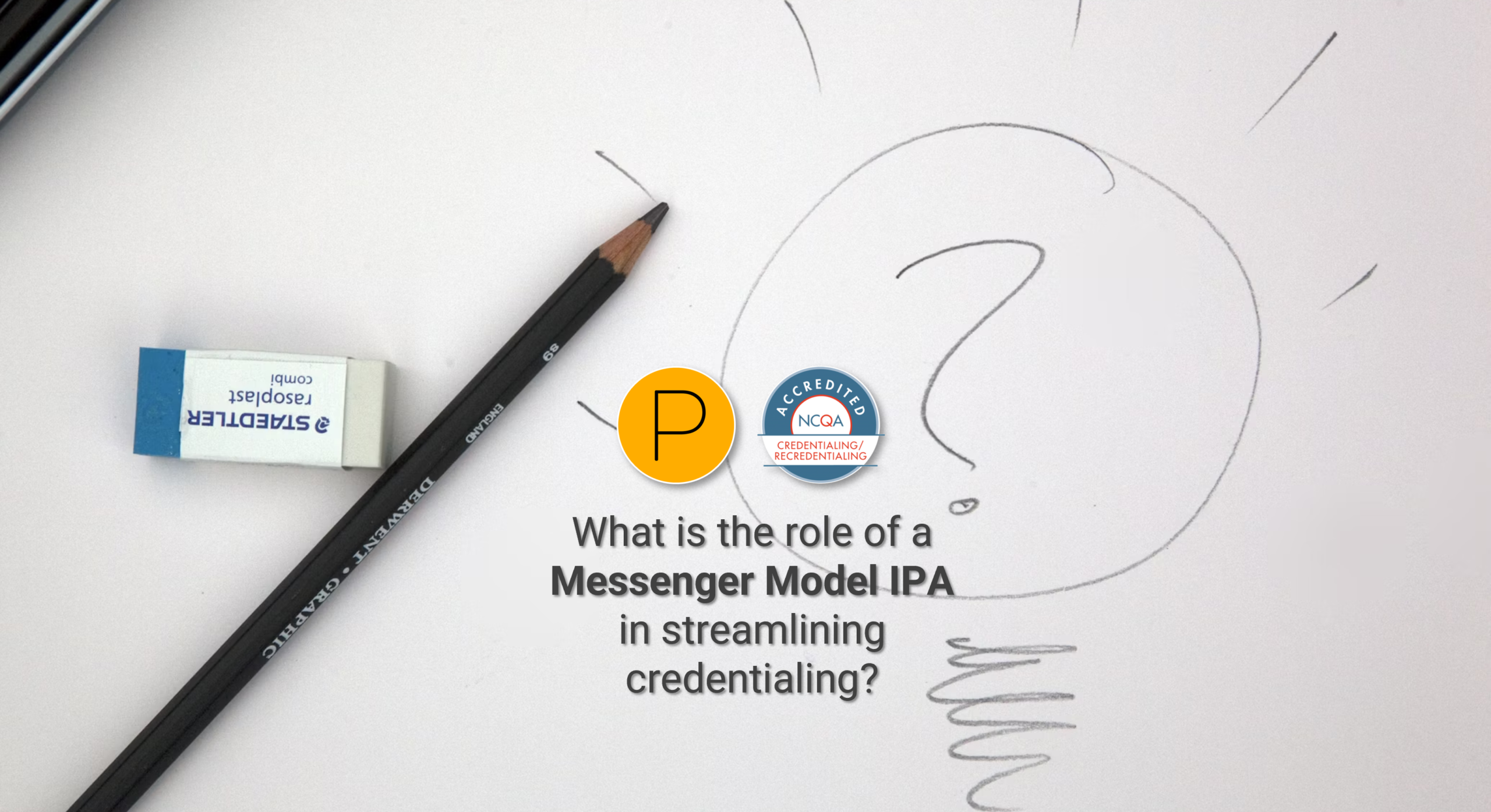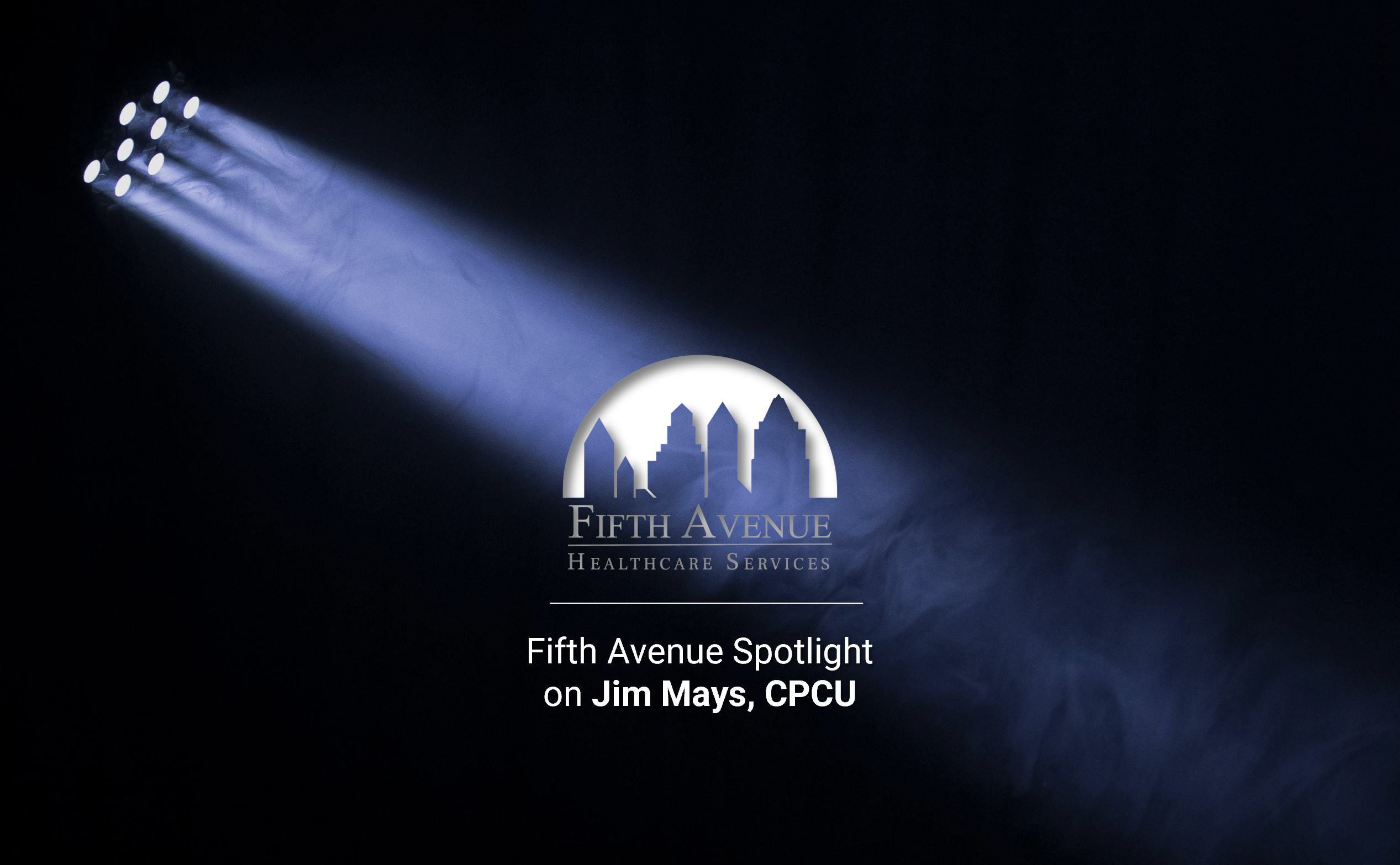Optimizing simplicity and increasing revenue in healthcare is essential because it can improve patient outcomes, increase revenue, allocate resources more effectively, improve staff satisfaction, and increase access to care.
Here are three strategies for optimizing simplicity and increasing revenue in healthcare which is essential to improving patient outcomes, allocating resources effectively, and increasing access to care.
Strategy #1: Delegated Credentialing
Providers, their practices, and other medical organizations know how difficult it is to sign onto health plans and networks so they can begin billing for their services.
Conventional provider enrollment is typically a 3-stage process:
Stage 1: Plan Application
While applying to health plans may seem straightforward, the reality is that each plan has its unique application process. Application requirements vary based on state, plan, network, and practice area factors. This can be overwhelming for providers without time to review each plan’s rules thoroughly. Moreover, completing the necessary paperwork can be time-consuming and add to the burden.
Stage 2: Credentialing
Credentialing is an essential process that ensures a provider is qualified to provide medical treatment. Before enrolling in a health plan or network, providers must undergo a rigorous credentialing process. Payors are wary of negligent medical professionals joining their plans, as medical malpractice can result in costly litigation and damages.
Credentialing usually involves completing about 52 actions before a file is ready for presentation. Any oversights or mistakes can result in missed steps, potentially allowing an inadequate provider to treat patients and cause harm.
Stage 3: Contracting
The health plan will send a contract to the provider for review and signature. Once the provider approves the terms and signs the contract, the plan will counter-sign the agreement. When the credentialing process is complete, the plan will complete the loading process and set a date for the provider to begin accepting covered patients and billing their services. This process is repeated for each plan the provider applies to join.
Two Reasons For Delegated Credentialing
- ONE Application: Delegated credentialing (or delegated provider enrollment) removes much of this administrative work from providers and practices. The Primoris Credentialing Network employs a delegated provider enrollment process involving delegated agreements with health plans and networks. This simplifies the process for the provider and enables them to bill sooner by expediting their enrollment. The payor delegates credentialing and enrollment to Primoris Credentialing Network, which carries out a single process across multiple health plans. We submit and follow up with the health plan(s) until enrollment is attained. Our delegated contracts cover over 54 health plans and networks, enabling us to use a single enrollment application with approximately 25 payors. This reduces the workload for providers before they can begin billing.
- Highly Qualified, NCQA Credentialing Accredited Team: Delegated credentialing is a highly scrutinized process due to the stringent requirements set by payors. Providers can rest assured that our credentialing team comprises talented experts with years of experience. The process has been highly refined through audits and expertise, leading to top-tier accreditations such as NCQA.
The National Committee for Quality Assurance is a nonprofit organization focused on improving healthcare quality. It accredits and certifies various healthcare entities and recognizes clinicians and practices for their performance.
Organizations that have received NCQA credentialing accreditation have demonstrated their ability to maintain high-quality credentialing for their clients. Accreditation helps ensure adherence to a set standard of care and increases the credibility and authority of the organization. Fifth Avenue Healthcare Services and our affiliated companies, 5ACVO and Primoris, have completed a detailed and complex auditing process and received NCQA credentialing accreditation. Our team has demonstrated that it can deliver streamlined and accurate credentialing that meets industry requirements.
Strategy #2: Collaborate With A CVO
A CVO, or credentials verification organization, assists organizations in verifying a provider’s qualifications and experience using primary sources. By assuming responsibility for obtaining and confirming relevant information, a CVO can alleviate the administrative burden on organizations. As previously mentioned, credentialing involves 52 steps to prepare a file for review and approval by a board or committee. However, the level of scrutiny may vary depending on the provider’s specialty and service location.
Working With A CVO Means Less Work
Healthcare providers must be adequately credentialed before participating in any health plan. Primary source verification is a complex process that confirms a provider’s credentials, such as education, work history, and licenses, to ensure they are qualified to practice medicine. Outsourcing this process to a team of experts can reduce the 52 conventional credentialing steps down to just 6 simple ones, making it easier for medical offices to manage their workload. This can save time and allow healthcare providers to focus on more critical work.
Additionally, outsourcing provider enrollment can help with reappointment time, as another team manages the process, saving the organization time and effort. Working with a CVO can accelerate your credentialing process by 5 to 7 days. Can you imagine how many patients one provider can see in that time?
Working With A CVO Means Fewer Mistakes
Errors in credentialing can have significant financial consequences for medical practices and organizations. The potential risks are expensive even if the cost is not immediately apparent. An unqualified healthcare provider can harm patients, leading to costly medical malpractice claims. The average payout for medical malpractice is around $101,000. Just one mistake in credentialing can expose a practice to this kind of financial burden or even more.
To avoid these risks, a Credential Verification Organization (CVO) can be a valuable resource. CVOs employ experienced professionals who specialize in credentialing and can ensure that best practices are followed. By relying on a CVO, practices can reduce the chances of inexperienced or busy staff members making errors that could lead to malpractice claims.
CVOs focus on primary source verification, eliminating distractions and enabling them to complete their jobs thoroughly and accurately. With their expertise and dedication, CVOs can help practices avoid costly mistakes and protect their bottom line.
Working With A CVO Gives You More Control
Outsourcing credentialing can provide healthcare providers with access to advanced tools to take greater control of their credentialing process. A robust credentialing web portal can empower providers to easily manage and monitor the enrollment process. Portal users can track information related to health plan enrollment, including current statuses, reappointment filings, expiring documents, and more.
With greater control over the process, healthcare providers and practices can feel more confident knowing that they can quickly investigate and resolve any issues that arise before they escalate. Providers can trust that their information is secure and easily accessible, rather than being stored in file cabinets that anyone can access.
Working With A CVO Gives You Greater Peace of Mind
A CVO can offer peace of mind by relieving the demanding job from the shoulders of beleaguered office staff. By delegating credentialing duties to skilled professionals, you can eliminate the stress of managing every minute detail and free up your practice staff to focus on what they are best suited and trained for.
Efficient credentialing can also help to reduce financial fears, particularly in practices facing cutbacks or worse. With the assurance that their providers will be promptly credentialed with plans or networks, providers can begin billing 5-7 days faster, according to NAMSS, by working with a CVO.
Strategy #3: Reduce Expenses
Healthcare organizations operate in an environment of constant change. New regulations and technological advancements can significantly impact their bottom line. Organizations can better adapt to these changes and remain financially sustainable by cutting, reducing, and streamlining expenses.
Reduce Expenses Through Expedited Billing
Outsourcing credentialing and provider enrollment can reduce providers’ expenses and increase billing, driving more revenue. NAMSS and Merritt Hawkins conducted research indicating that a quicker CVO credentialing process can lead to potential new billing opportunities of approximately $47,000 per provider.
Reduce Expenses Through Lowering Overhead Costs
Partnering with a credentialing IPA like Primoris can help you avoid various costs such as employee turnover costs, training costs, payroll taxes, workers’ compensation, and increasing employee benefit costs. Furthermore, the outsourced provider’s enrollment team does not require paid time off, ensuring that the credentialing process is consistently handled without any interruption.
Eliminating an in-office credentialing specialist could save a practice over $70,000 annually through salary, taxes, benefits, and health insurance cost reductions, reducing the expenses that cut into revenue. Similarly, the cost of credentialing software, which can be as high as $400 a month, may not seem significant initially, but savings increase over time. Paperwork and storage needs can also sharply reduce revenue margins.
Concerning provider enrollment, these costs become a single line-item cost on the budget. Fixed credentialing costs eliminate hidden fees and enable practices to streamline expenses. By avoiding ongoing cost changes yearly, practices can better budget and prepare for the future.
5 Bonus Tips to Grow A Healthy Medical Practice
Bonus Discussion #1: Hire Qualified Physicians
To minimize the risk of treatment negligence, medical practices should hire qualified physicians certified to treat patients and fit well with the existing team culture. While some factors are beyond their control, these steps can help practices limit their exposure to malpractice claims. Credentialing new physician hires through CVOs can help ensure that only the most skilled and well-trained medical providers care for patients.
Bonus Discussion #2: Hire Qualified Office Staff
A medical practice’s success depends on more than just the doctors they employ. A unified healthcare team, which includes front-line and behind-the-scenes staff, can make or break a practice’s fortunes. Patients are more likely to return to practice when greeted by a friendly face at check-in. Knowledgeable staff can help keep a practice profitable by ensuring correct billing and insurance processes.
An experienced credentialing specialist can properly vet a physician. Poorly performing staff can harm a practice. Rude greeters, incorrect billing, and hiring physicians with a malpractice history can all hinder growth.
Bonus Discussion #3: Keep Training
A medical practice can thrive by maintaining standards of care, safety policies, and efficient office administration. Knowledge is power, and well-informed staff can provide superior service, earning the appreciation and recommendations of patients.
Consistent training can significantly reduce errors in the office and examination room, reducing the risk of malpractice lawsuits and aiding the practice’s growth. In today’s world of emerging technologies and telehealth, proficiency in these new methods can broaden the client base and open up new opportunities for the practice.
Bonus Discussion #4: Survey Patients
To improve their performance and identify areas for improvement, medical practices can use patient surveys as a valuable tool. Surveys can be conducted through various channels, such as online, in-person, or over the phone. However, keeping the questionnaires short and straightforward is essential to avoid patient inconvenience.
Providers can also refer to the CMS HCAHPS guidelines for assistance in creating a quality survey. Improving patient surveys can lead to higher patient retention rates, crucial in growing medical practice.
Bonus Discussion #5: Have Sufficient Medical Malpractice Insurance
Medical malpractice lawsuits are common for physicians, with 51% of all doctors in 2021 being named in a lawsuit. These lawsuits can significantly drain a practice’s resources and hinder its growth.
Even physicians in low-risk specialties have a 75% chance of facing a claim during their career, while the likelihood jumps to 99% for those in high-risk specialties. While healthcare providers can take steps to prevent malpractice, litigation is sometimes unavoidable. This is why it is essential to have malpractice insurance to protect personal assets from potential damages.
Activate Your Strategy Today
Striving for simplicity can benefit healthcare organizations, their staff, and their patients, making it an essential consideration for organizations seeking to improve their operations.
Following any or all of this article’s strategies can help you and your organization:
- Improve patient outcomes, leading to higher patient satisfaction and lower healthcare costs.
- Increase revenue and profitability for healthcare organizations.
- Better allocate resources and avoid waste.
- Enhance staff satisfaction and reduce turnover.
- Expand access to care.
More information about Primoris Credentialing Network
Primoris Credentialing Network is a NCQA Credentialing Accredited specializing in credentialing and provider enrollment with 54+ health plan and network provider enrollment options. Primoris is a family member of Fifth Avenue Healthcare Services. Sister companies include 5ACVO (credentialing and primary source verification specialists) and Fifth Avenue Agency (MPLI and medical malpractice specialists).
This article was initially published by Primoris Credentialing Network here. For more information on Primoris Credentialing Network, please visit PrimorisCredentialingNetwork.com or Contact Us.














